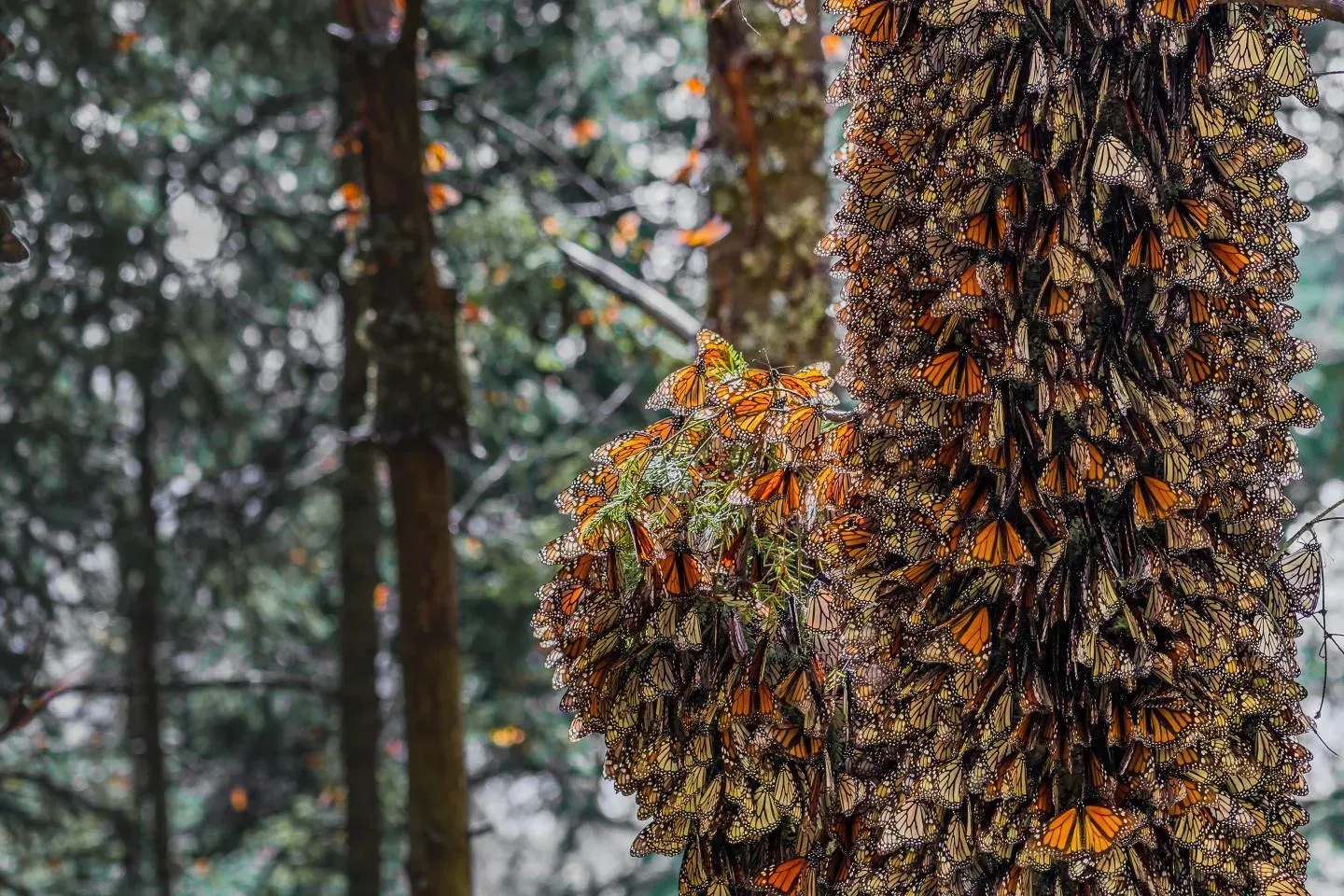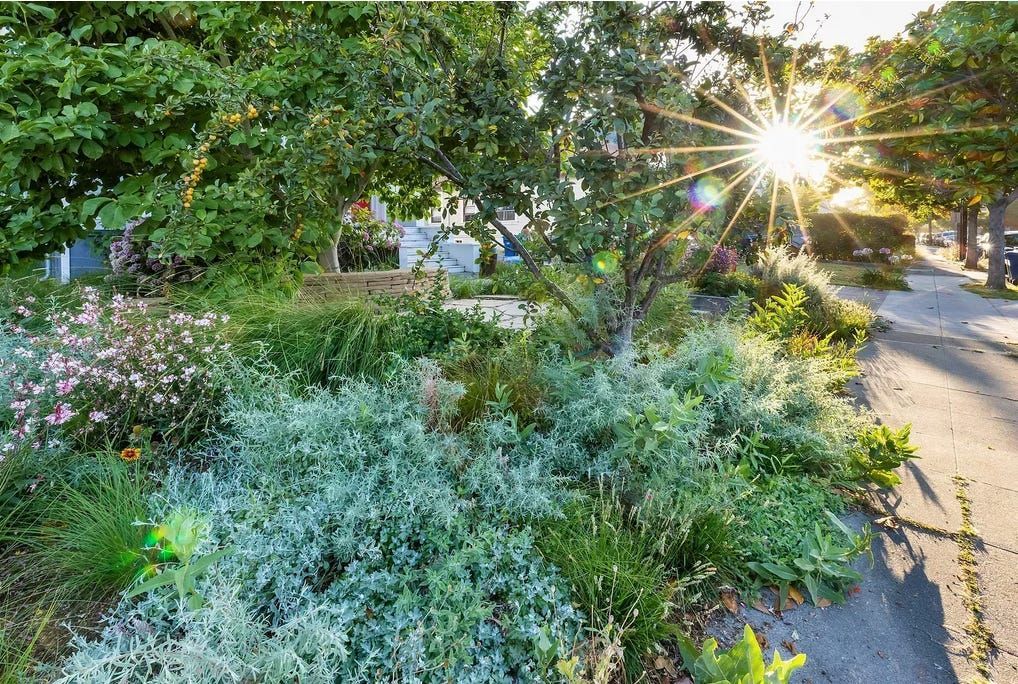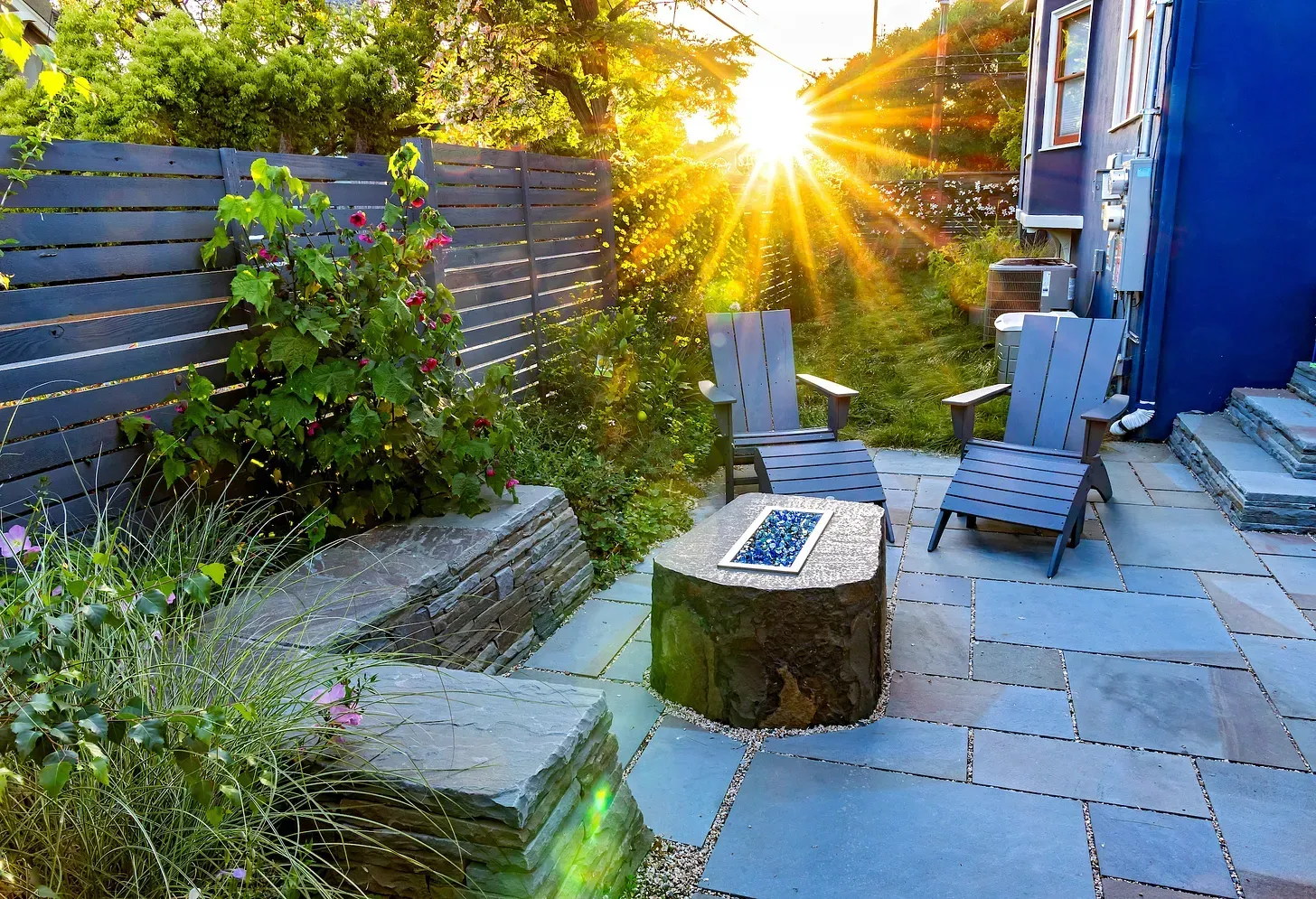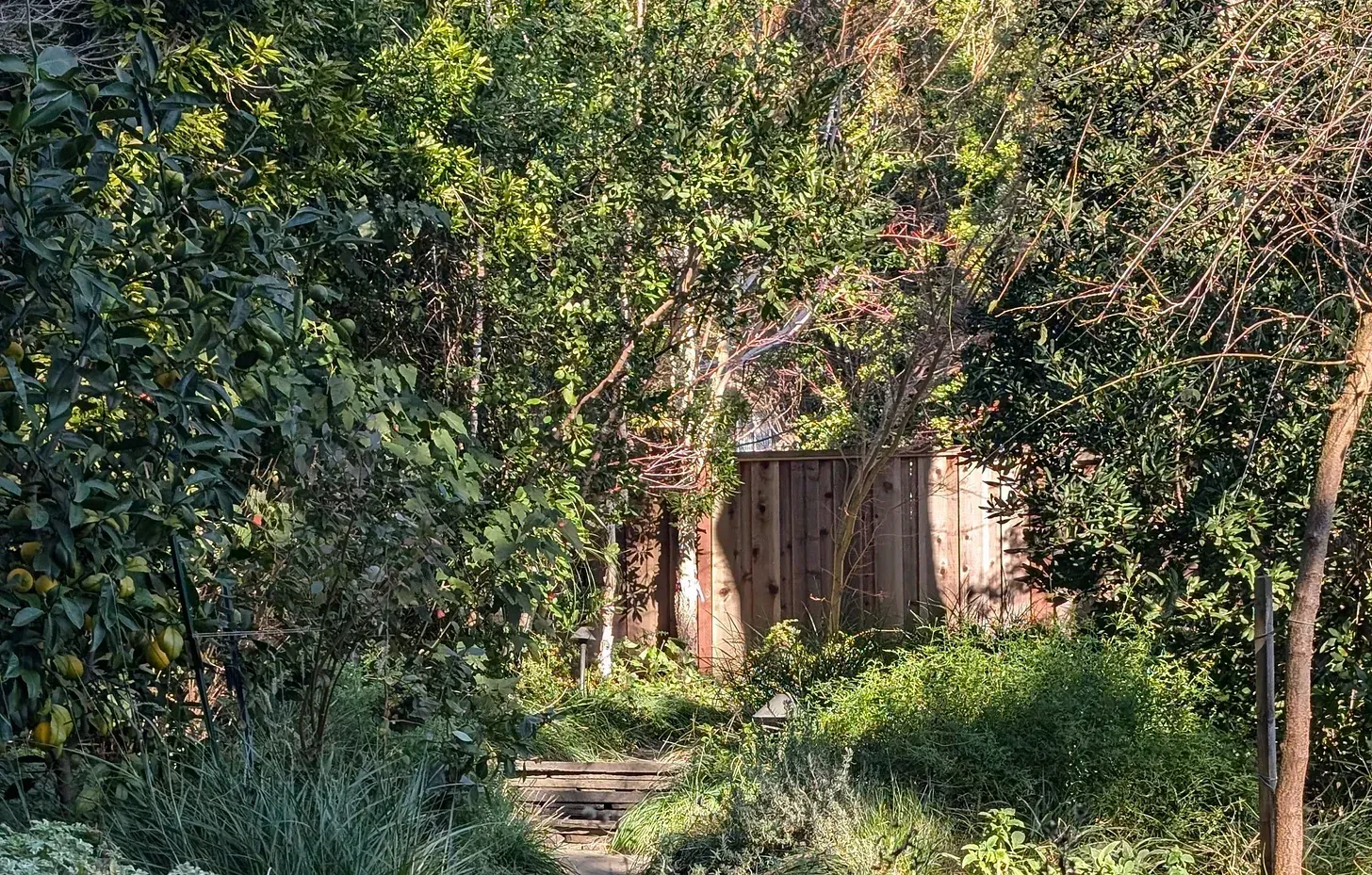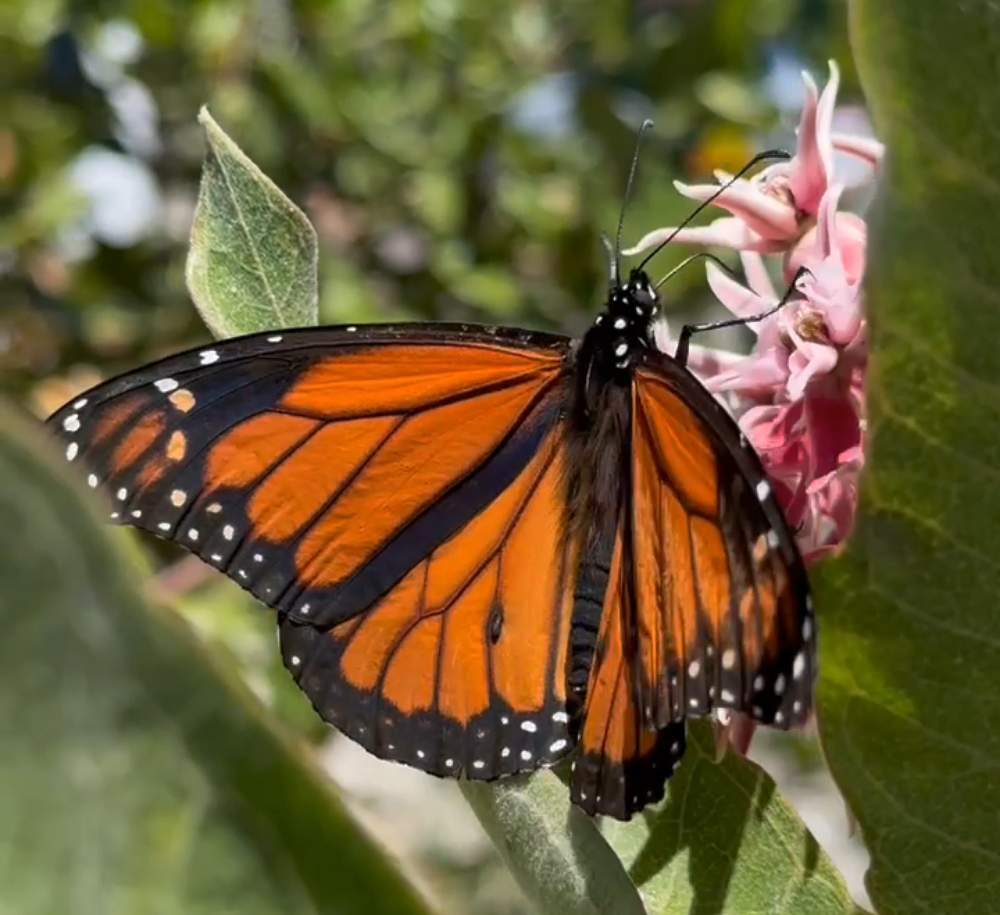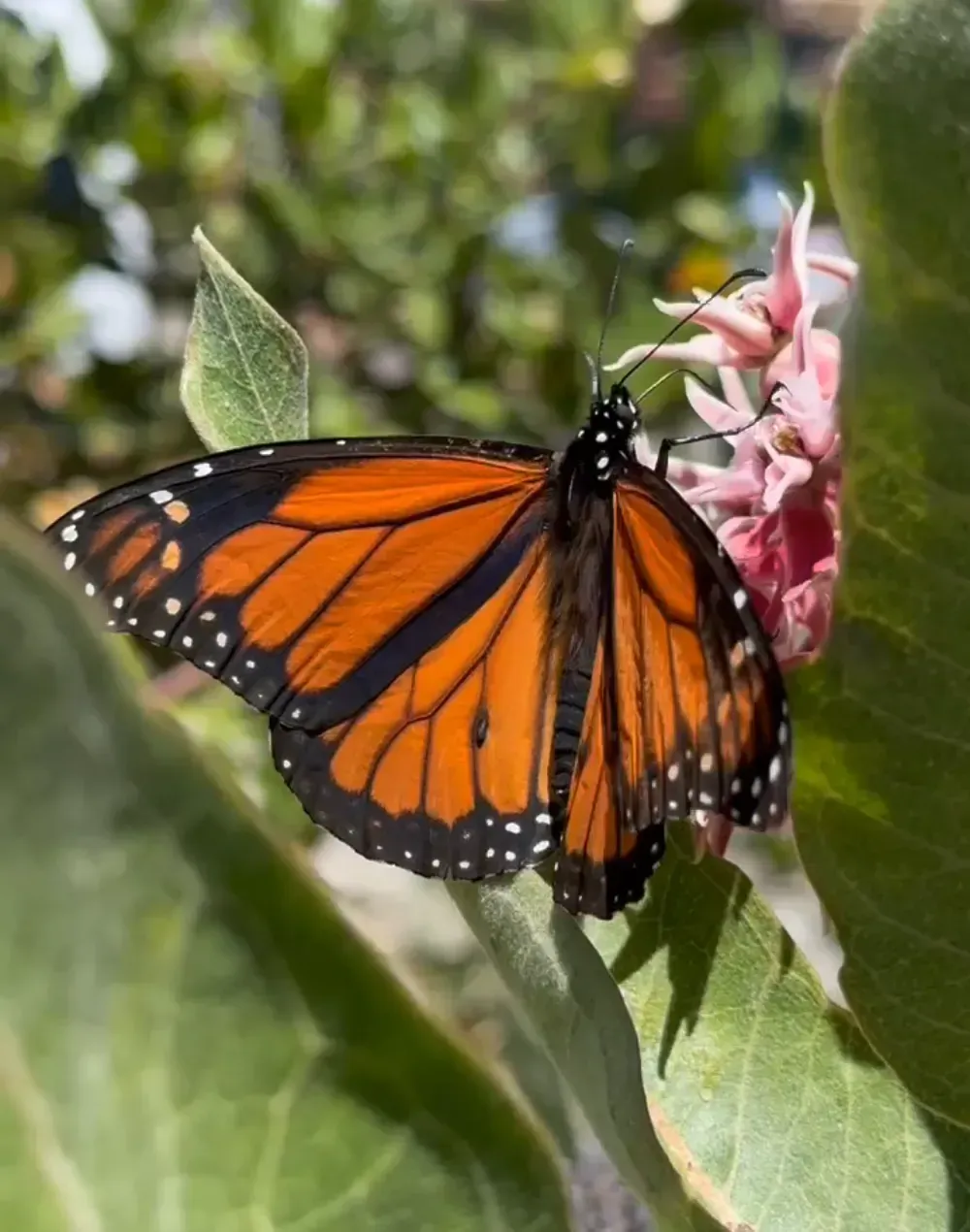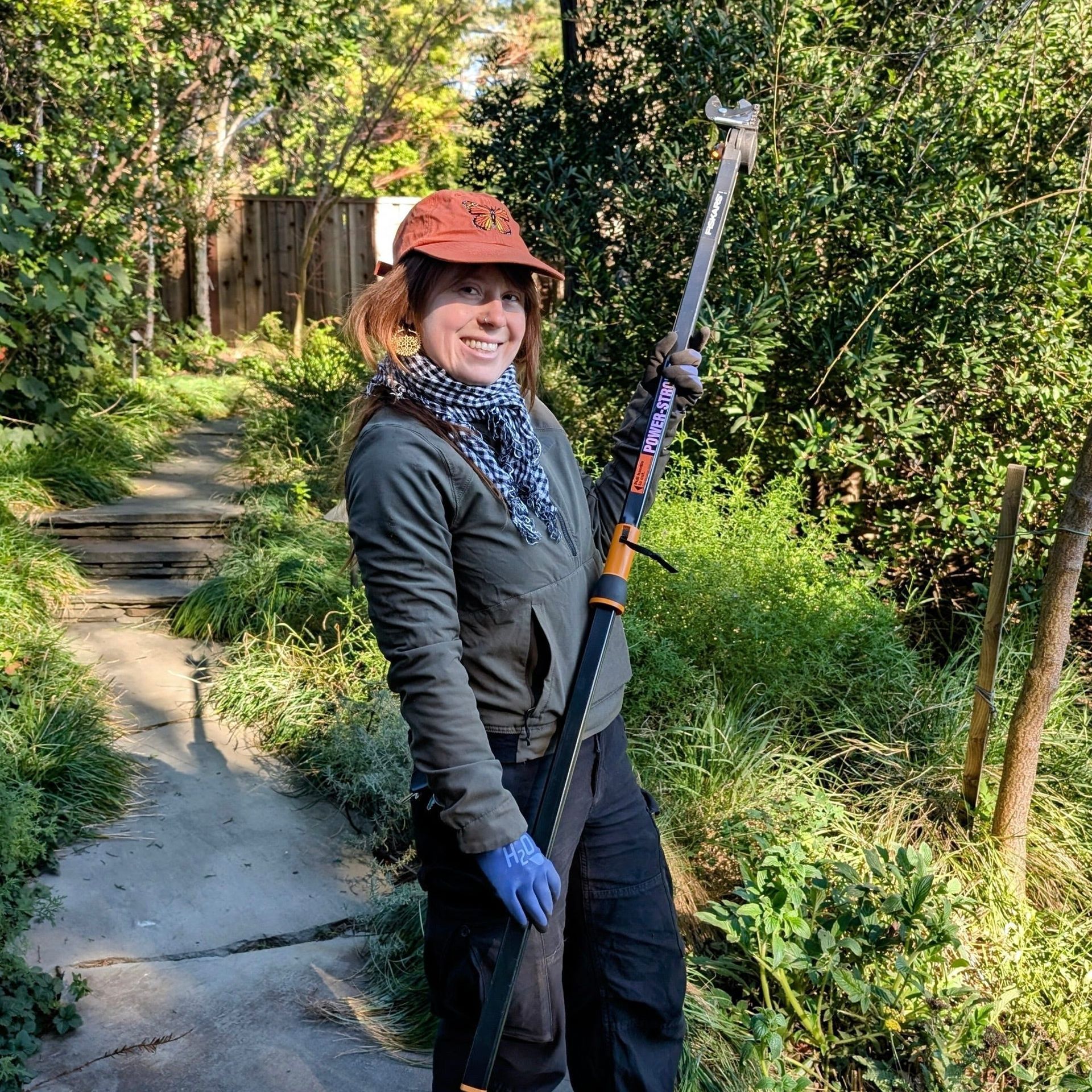Why You Need a Habitat Garden
Does your outdoor space give you joy? Does it allow you the opportunity to connect to the natural world?
Or is it a source of worry, an expensive responsibility, a time-consuming chore?
If you lean more toward the second feeling than the first, you're not alone. When we lead busy lives, spending time in the garden becomes a taxing chore. It can seem like there's always something to do, and not enough time to get it done.
When we first meet our clients, many of them are overwhelmed by their outdoor spaces. Our goal is to help create enjoyable gardens for our clients, where they can relax and settle into a relationship with the natural world. A garden that hold life, such as a diverse array of butterflies, birds and bees, as well as a myriad of colorful plants that bloom year round, is one that can relax our minds, and calm our fears.
Building gardens with an eye toward creating places that invite butterflies, birds and bees is commonly known these days as habitat gardening. Habitat gardening is about building and maintaining gardens by designing them through a way that creates serene spaces full of life, color, beautiful scents, and fresh air. As a bonus, this kind of garden requires less maintenance than traditional gardens because its design works with, rather than against, nature.
Habitat gardening is also about taking a critical look at the standards of both the landscaping and agricultural industries and questioning what we as homeowners and garden makers can do to improve the environment, improve our health, and improve our communities by taking better care of our local environment and the living beings who depend on it.
As a firm with thirty years of experience in designing, building, and maintaining gardens based on permaculture and ecological design principles, we've learned how to create and sustain ecologically beneficial gardens that are also beautiful, inspiring places for human beings. The pictures below show one of our client's gardens before and after; at Mariposa, we want everyone to have a space like this, that takes the stresses of the day away by providing a garden that is teeming with life, one that allows you to connect to the natural world.
We want to share our expertise and knowledge of how to build ecologically inspired gardens with homeowners and members of the gardening community in this blog. Starting one garden at a time, we are working to restore and regenerate the health of our local and even our global environment. We’d love to start a conversation with readers, too; feel free to use the comments to tell us your opinions, experiences, learnings, successes and failures.
Next up: How to design your garden with nature in mind.
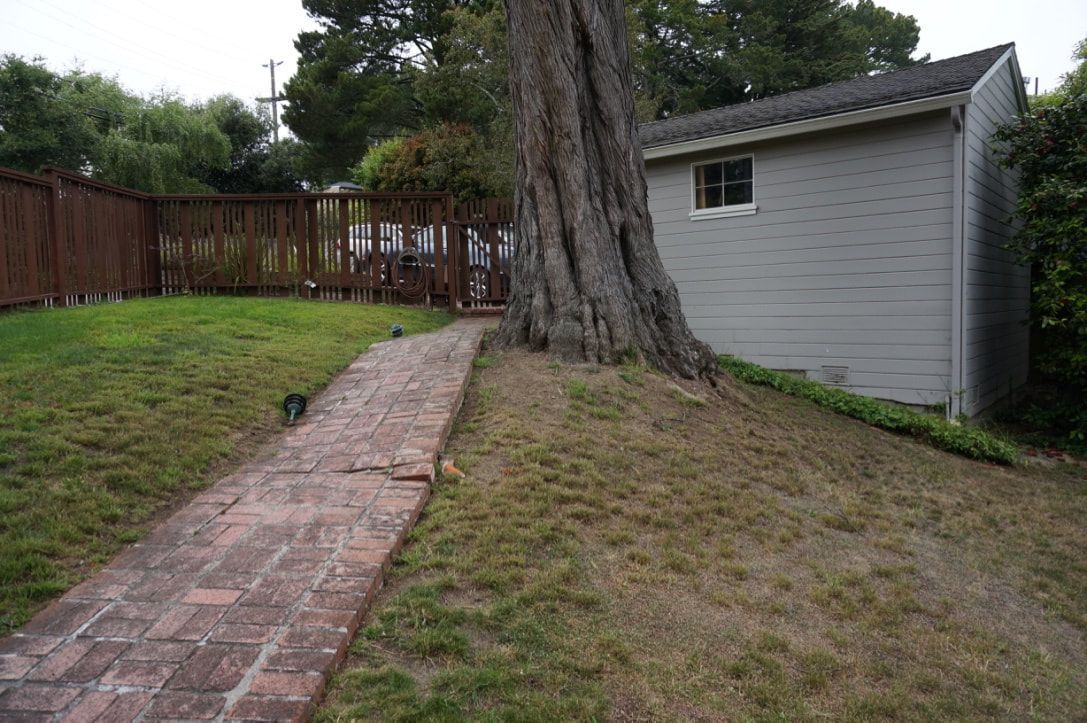
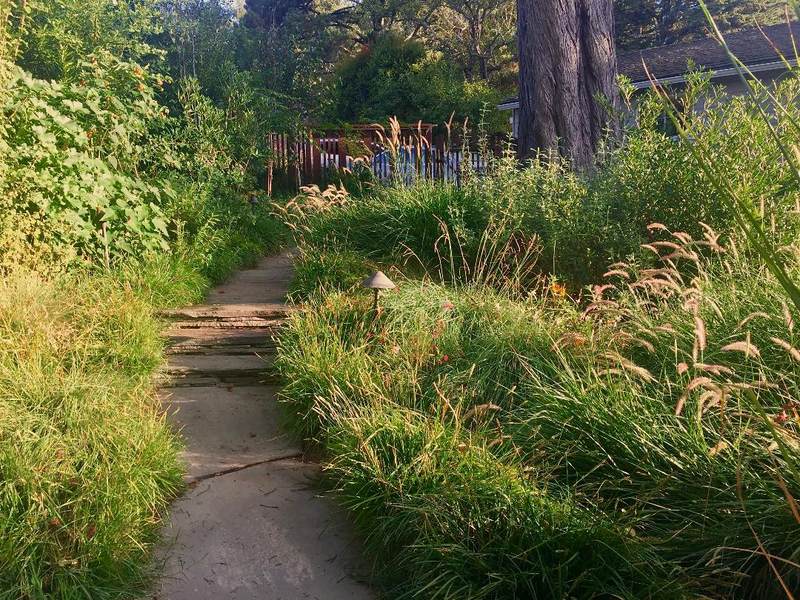
Before and after photos show the change from traditional to habitat garden at this Oakland home.

